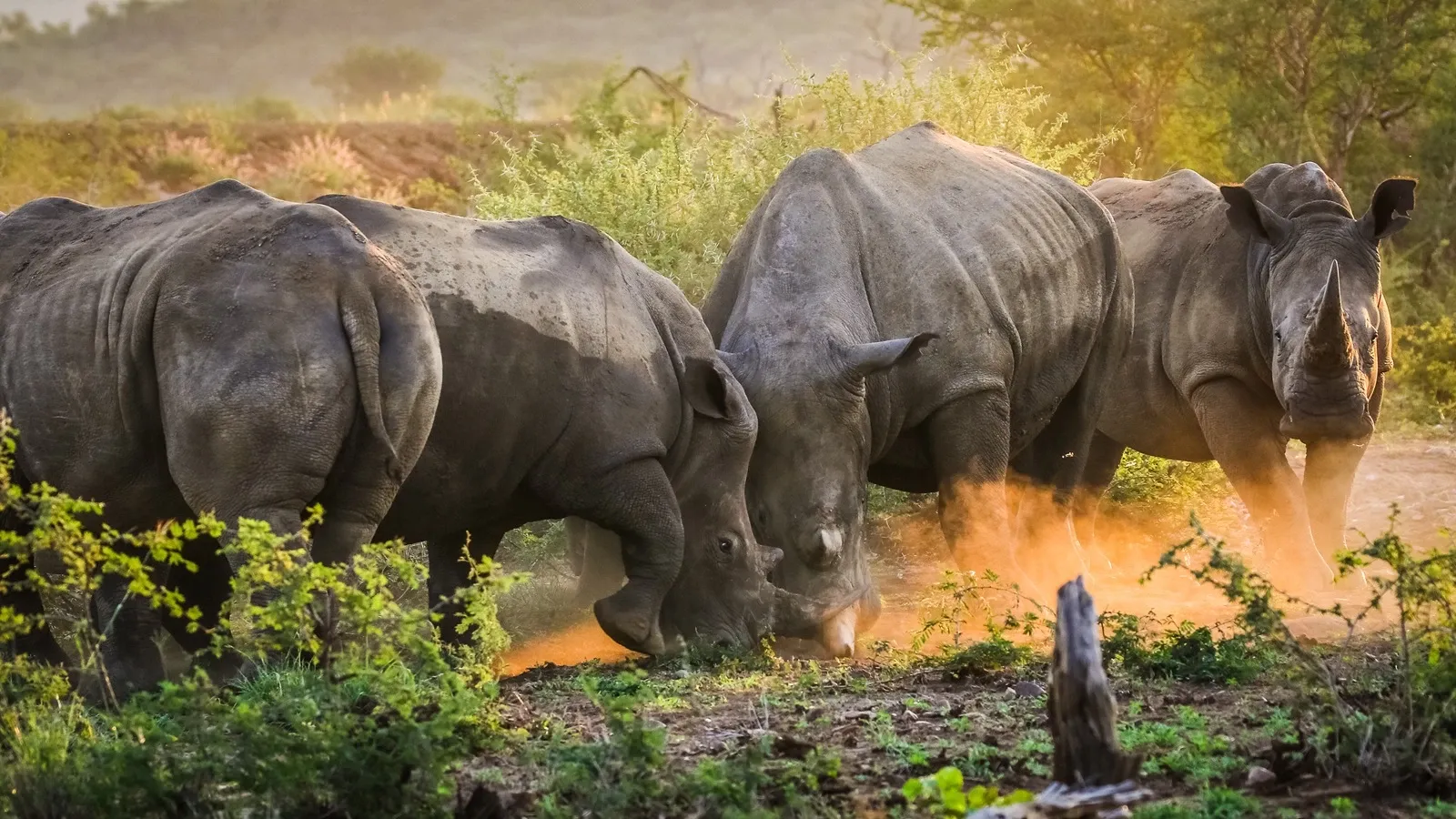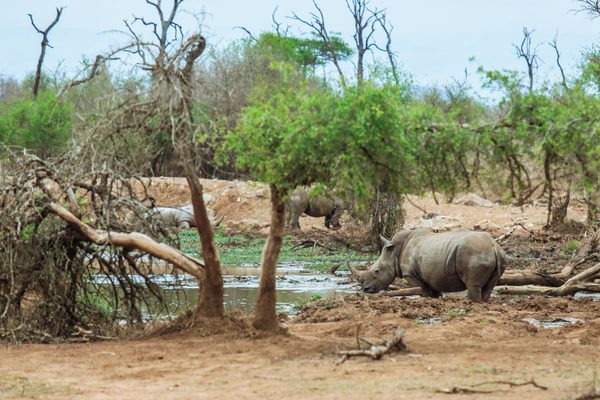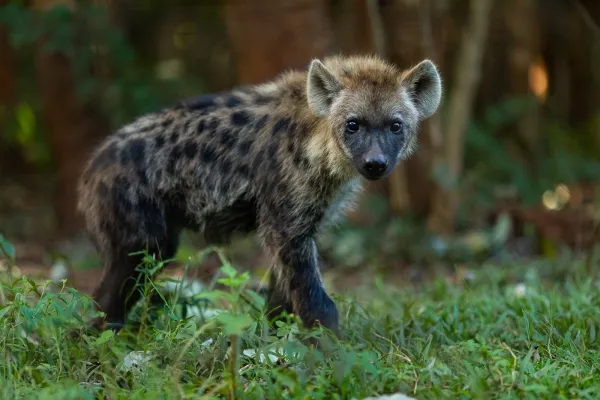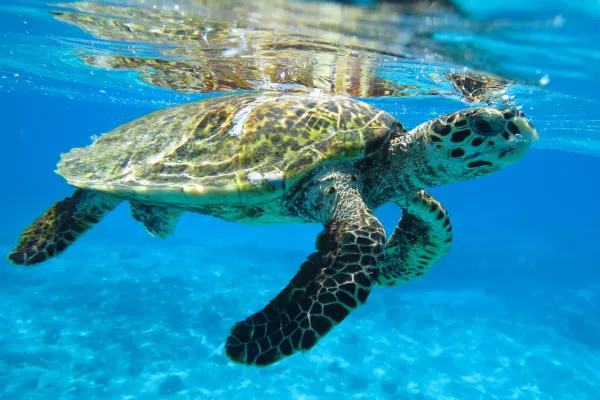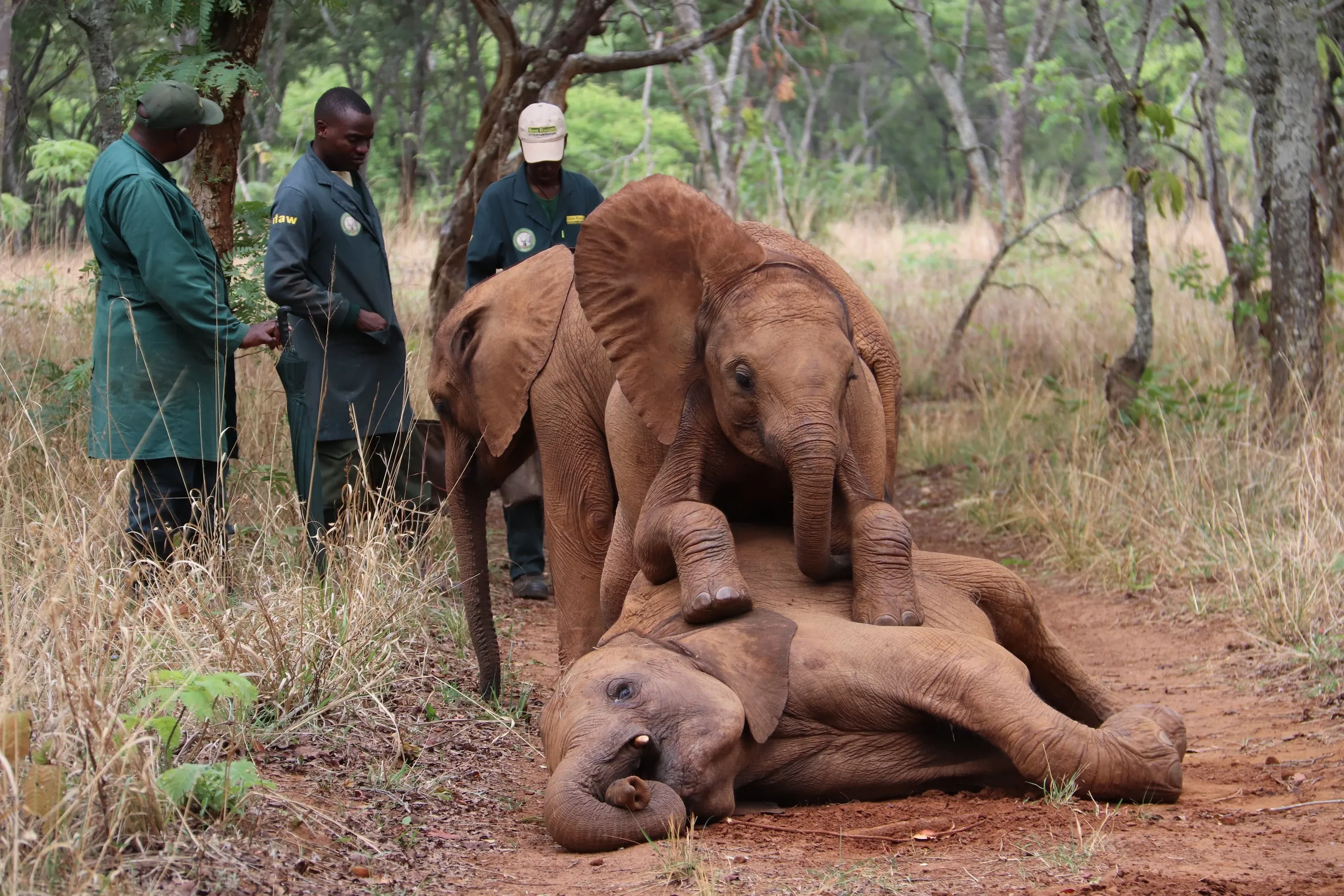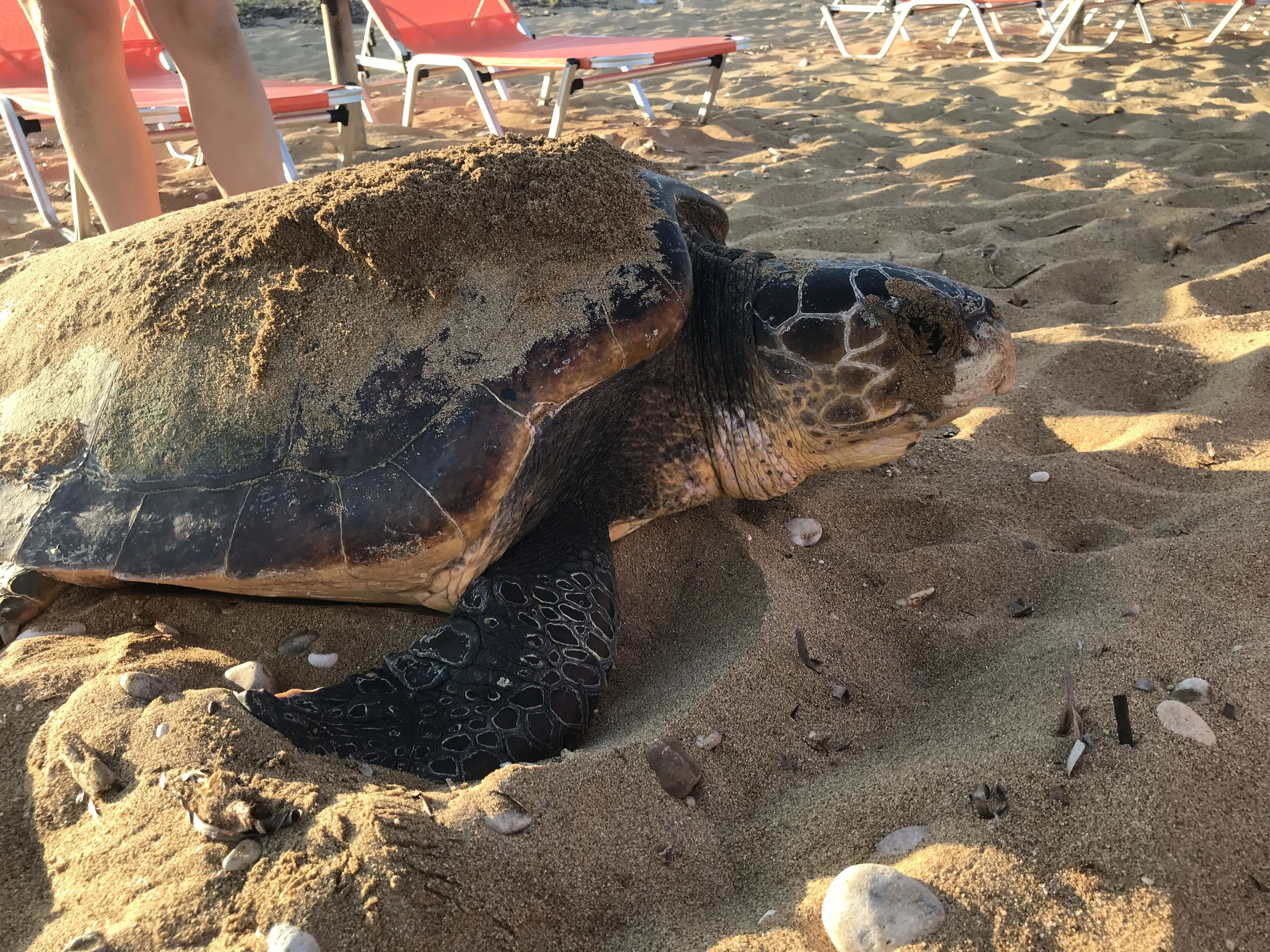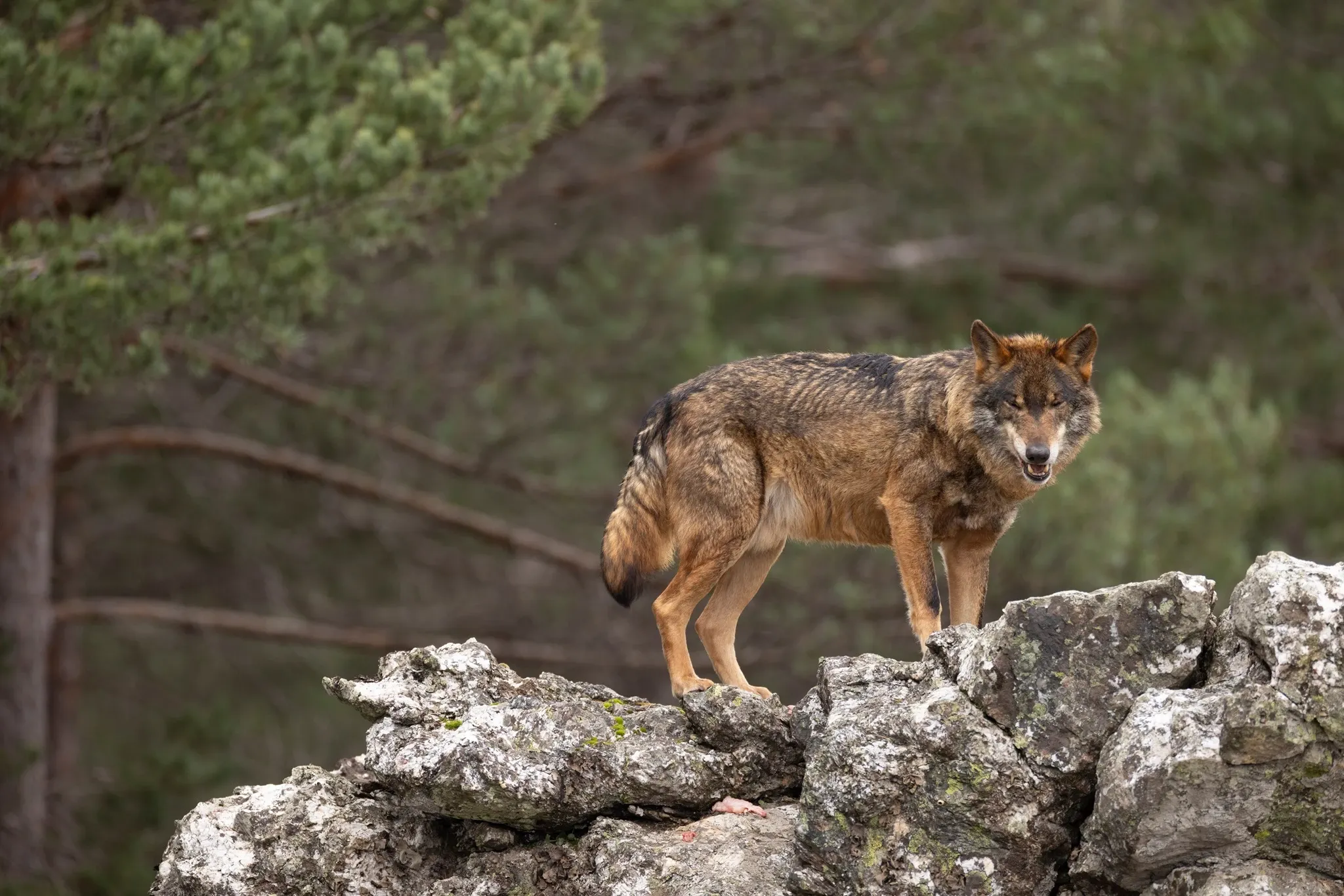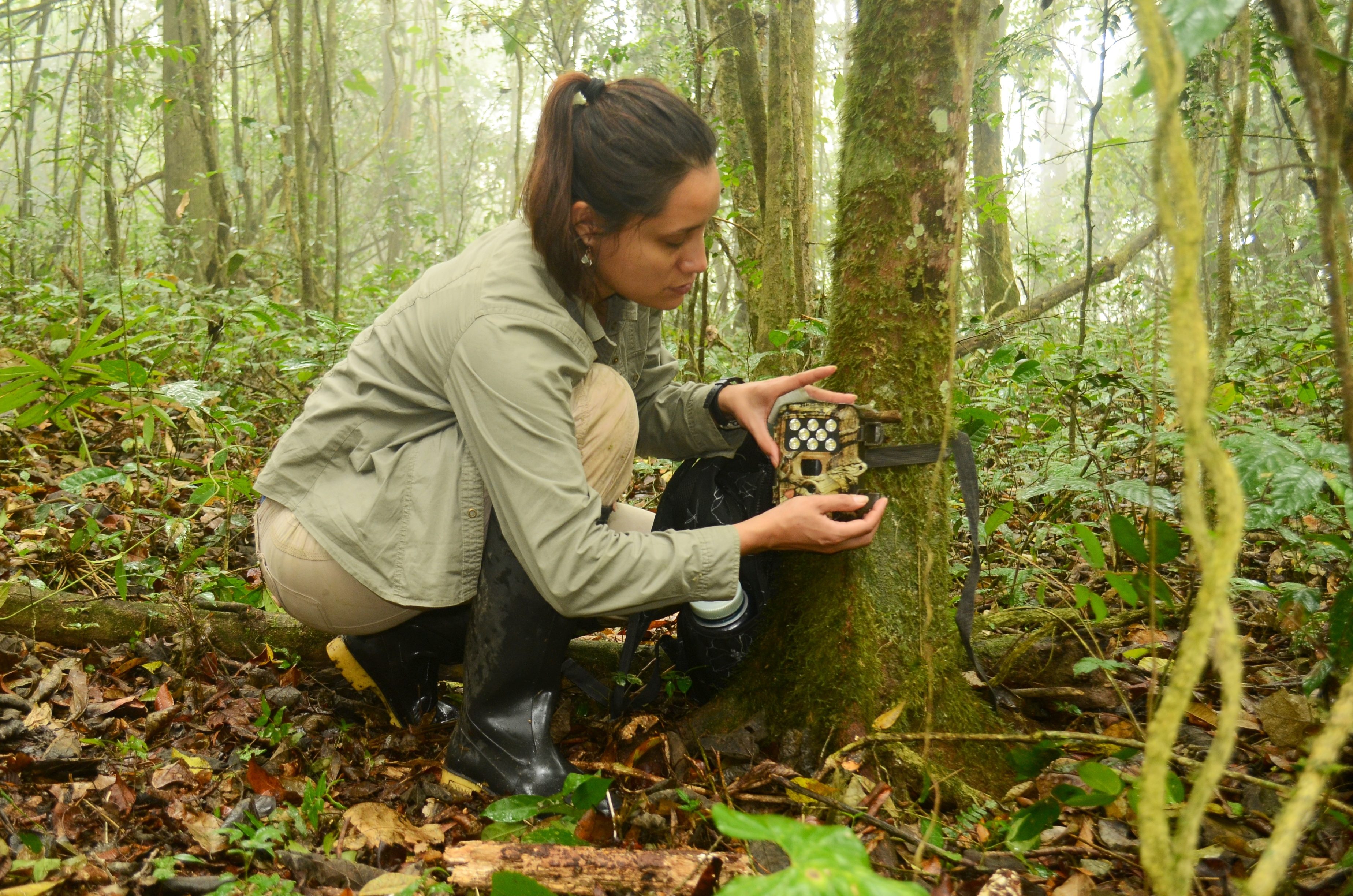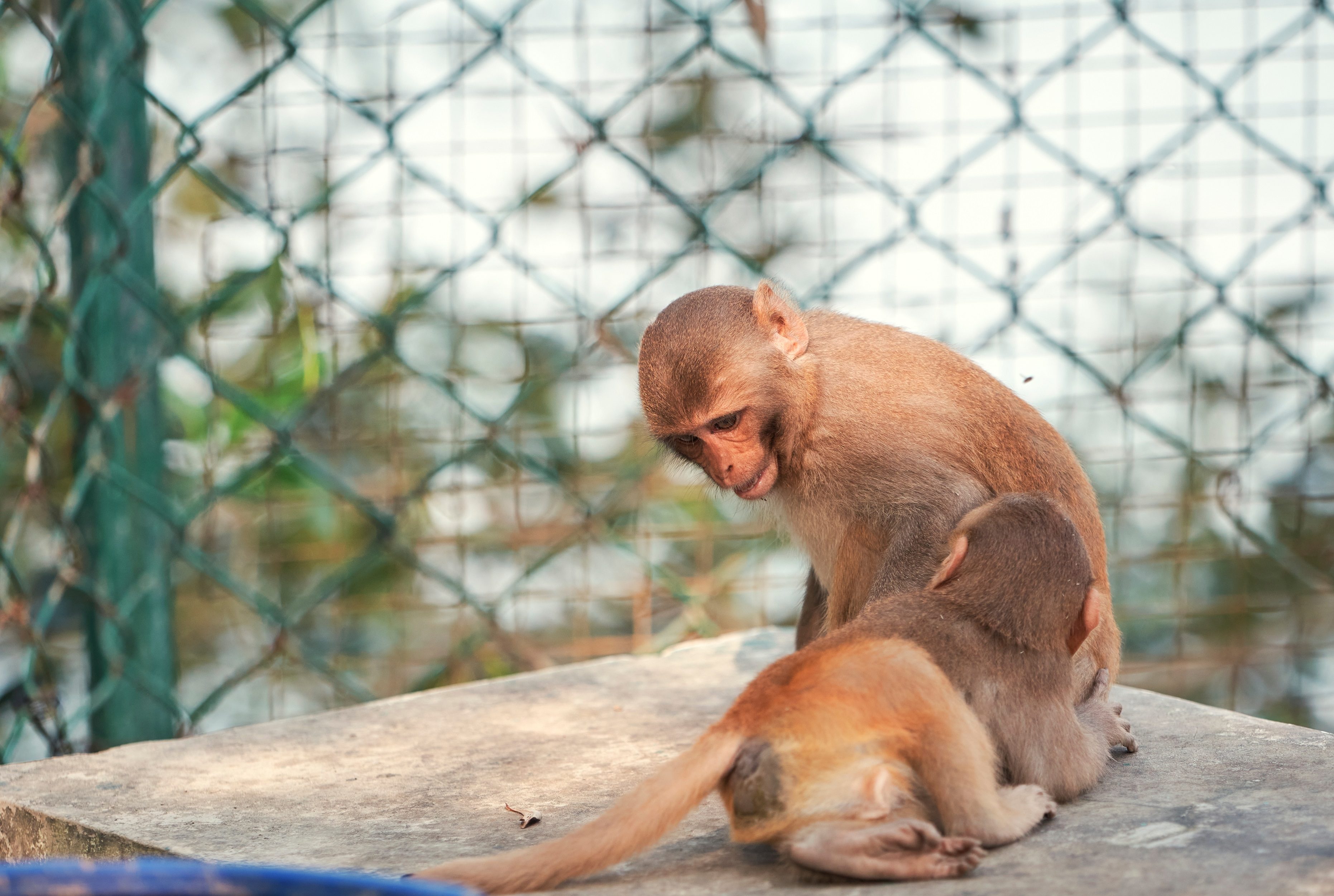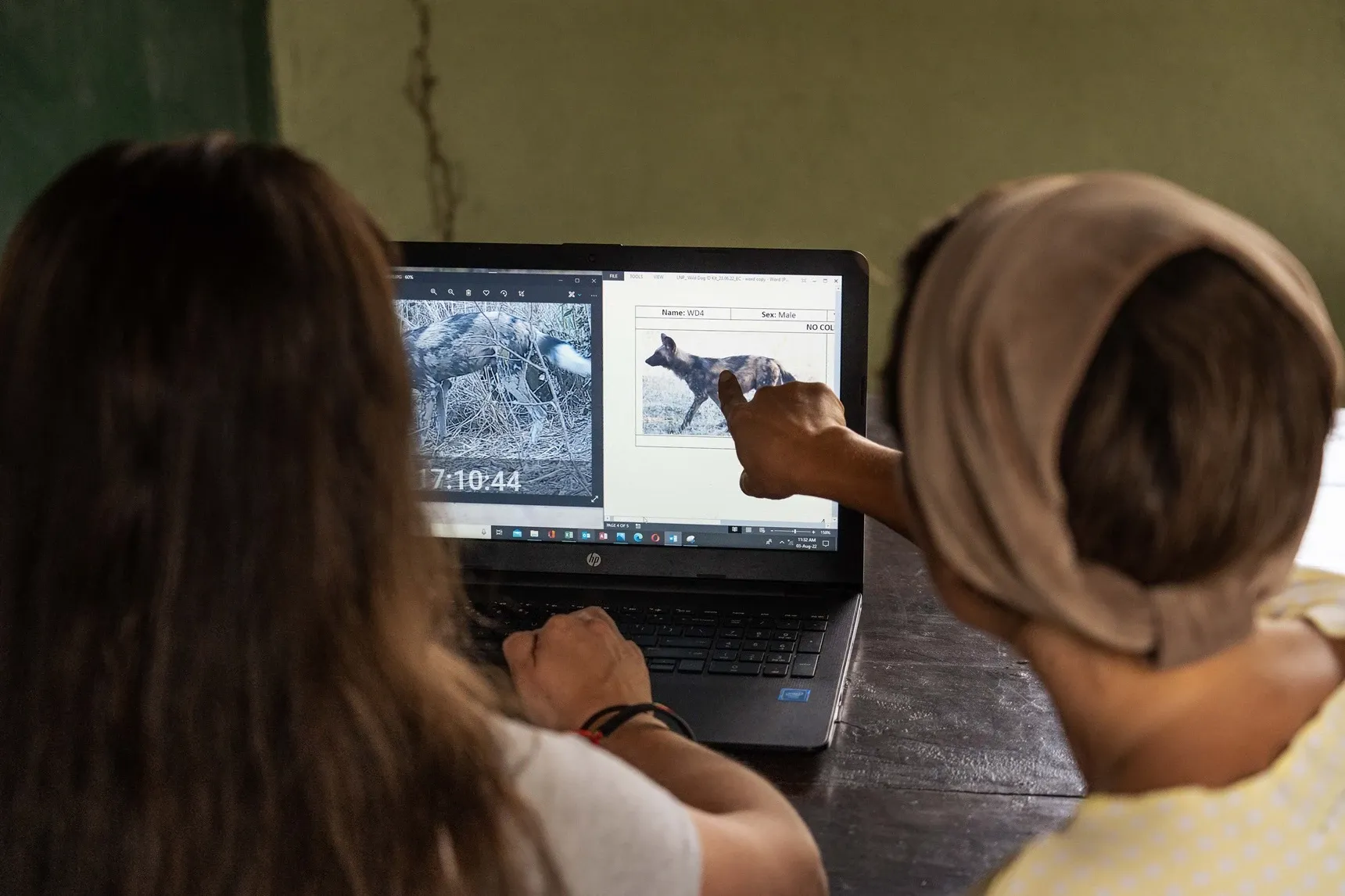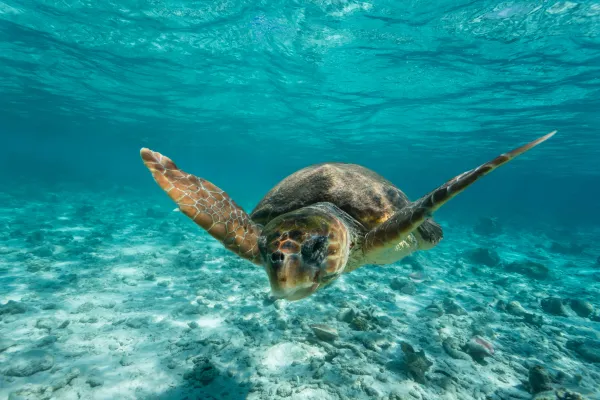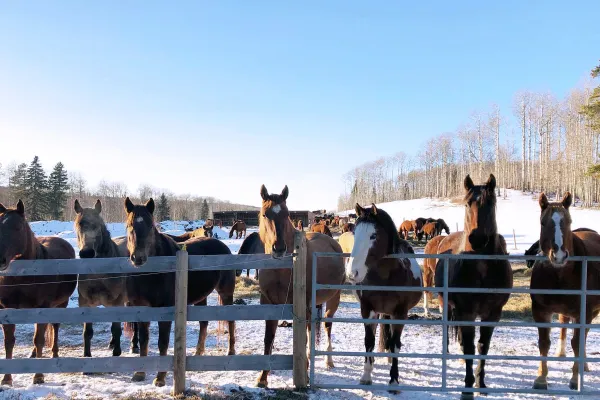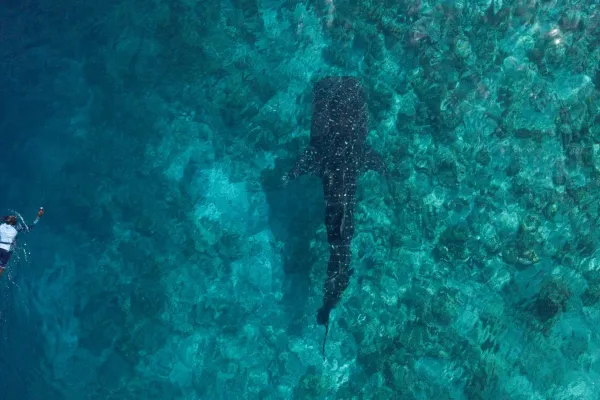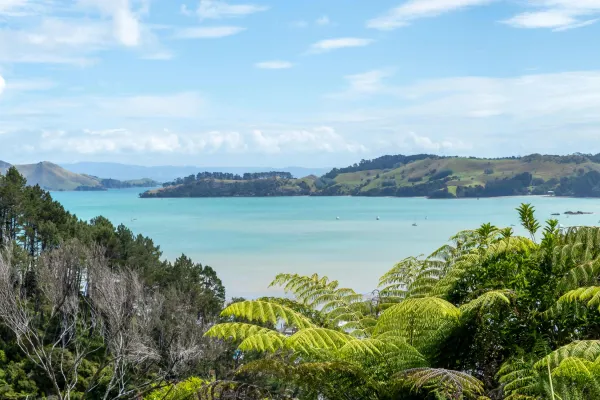Volunteering in wildlife protection
Each continent on our wonderful planet teems with unique wildlife biodiversity, home to a variety of endemic animals found nowhere else. From the jaguar in South America to the greater one-horned rhino in Asia and the flightless kiwi in New Zealand, these creatures showcase the planet's remarkable diversity.
In many regions across Africa, Asia, South America, North America, and Oceania, wildlife and humans live side by side, often competing for survival. This proximity leads to human-wildlife conflicts, frequently resulting in animal abuse, poaching, and wildlife trafficking.
Volunteering in wildlife protection offers a chance to assist firsthand in safeguarding endangered and threatened species in areas where human-wildlife conflicts are common. Other significant threats to wildlife include habitat destruction, urbanization, and climate change. Volunteers gain hands-on experience in species monitoring, wildlife tracking, data collection, species observation, patrolling, and wildlife rehabilitation and rewilding procedures.

Beyond contributing to wildlife protection, volunteering offers incredible opportunities to immerse yourself in breathtaking protected nature areas. Volunteers work in stunning landscapes, listening to the sounds of the wilderness—the chorus of birds in the forest, the howls of monkeys above, the whoop of a hyena at night, or the belly rumble of an elephant nearby.
Participants gain a deeper understanding of the natural world, endangered wildlife, their environment, the local culture, and themselves. Share your passion with like-minded individuals and contribute to a better future for our wildlife, ensuring that more species do not end up on the IUCN Red List of endangered, threatened, or extinct animals.
Highlights of volunteering in wildlife protection:
- Combating illegal animal trade and protect endangered species
- Observing exotic wild animals and learning more about them
- Gaining experience in nature and species conservation
- Learning more about rehabilitation and rewilding procedures
What is unique about wildlife protection?
Wildlife protection is crucial today, especially given the significant loss of animal species that has occurred over the past century. For instance, in the 1950s, there were an estimated 5 million elephants roaming Africa. Today, due to poaching and habitat loss, that number has plummeted to around 400,000. This decline highlights the urgent need for conservation efforts to protect these iconic creatures.
Similar alarming trends are seen in other species. Global shark populations, for example, have declined dramatically due to overfishing, bycatch, and habitat degradation. Some shark species have seen their numbers decline by over 80% in the past few decades, threatening marine ecosystems and biodiversity.

Cultural trends also play a role in wildlife protection. Vultures, for instance, have faced severe population declines globally, primarily due to poisoning from agricultural chemicals and poaching for their body parts, which are used in traditional medicine. Similarly, pangolins, the world's most trafficked mammal, are hunted for their scales and meat, driven by demand in certain markets despite international protections.
The loss of these and many other animal species underscores the critical importance of wildlife protection efforts. Beyond preserving biodiversity and ecosystem health, these initiatives are essential for ensuring the survival of species that play vital roles in their ecosystems. By addressing threats such as habitat destruction, climate change, poaching, and cultural practices, conservationists aim to reverse these alarming trends and secure a future where wildlife can thrive.
In addition to addressing immediate threats, effective wildlife protection requires a long-term commitment to sustainable practices and global collaboration. Engaging local communities and respecting indigenous knowledge are also crucial components of successful conservation strategies. By working together on local, regional, and international levels, we can make significant strides towards protecting endangered species and preserving the natural heritage of our planet for future generations.
Why we need to protect wildlife?
Protecting wildlife is a matter of vital importance, intricately tied to the health of our planet and the well-being of humanity itself. Wildlife, encompassing a vast array of species from the smallest insects to the largest mammals, plays a fundamental role in maintaining the balance of ecosystems worldwide. This biodiversity ensures resilience against environmental changes, such as climate fluctuations and disease outbreaks, by supporting complex food webs and ecological interactions.
Many species contribute directly to essential ecosystem services for humans: bees and other pollinators facilitate agricultural productivity, predators help control prey populations, and forests and wetlands regulate water flow and mitigate flooding. These services are not merely luxuries but are essential for our food security, water quality, and overall health.

Animals and plants have long been intertwined with human culture, often serving as symbols of heritage, spiritual significance, and artistic inspiration. Their presence enriches our lives and connects us to the natural world in profound ways. Moreover, wildlife supports industries such as tourism and recreation, generating income for local communities and fostering conservation practices that benefit both people and wildlife.
However, the urgency to protect wildlife extends beyond practical considerations. It is a moral imperative to preserve species from extinction caused by human activities like habitat destruction, pollution, overexploitation, and climate change. Every species has intrinsic value and a right to exist, independent of its utility to humans.
In essence, protecting wildlife is not merely an environmental issue but a fundamental responsibility. It ensures the continuation of vital ecosystem services, preserves cultural heritage, supports economic prosperity, and upholds ethical principles of respect for all life forms.
»It is not enough to understand the natural world; the point is to defend and preserve it.«
How to save wildlife?
Effective wildlife protection requires different multilayered approaches such as habitat restoration, wildlife monitoring and tracking, combat illegal wildlife trade, rehabilitate abused animals, rewild species and promoting awareness. Supporting organisations dedicated to protect wildlife and advocating for sustainable practices contribute to minimizing their threats.
What wildlife volunteer opportunities are there?
Volunteering in wildlife protection offers a diverse range of opportunities across the globe, allowing you to contribute to the conservation of various species and ecosystems. Here are some key areas where you can get involved:
- Wildlife rehabilitation and rescue: Help injured, orphaned, or sick animals recover and return to their natural habitats. Tasks may include feeding, medical care, and habitat enrichment.
- Habitat restoration: Work on projects to restore and maintain natural habitats. This can involve planting native vegetation, removing invasive species, and improving water sources.
- Species monitoring and research: Assist scientists in tracking and studying wildlife populations. Activities might include setting up camera traps, conducting field surveys, and collecting data on animal behavior and health.
- Marine conservation: Engage in efforts to protect marine life and ecosystems. This can involve activities like coral reef restoration, monitoring sea turtle nests, and removing marine debris.

- Anti-Poaching and wildlife protection: Join patrols and support efforts to prevent illegal hunting and trafficking of wildlife. This may include working with local communities and law enforcement agencies.
- Community education and outreach: Educate local communities about the importance of wildlife conservation. Help develop and implement programs that promote sustainable practices and reduce human-wildlife conflicts.
- Wildlife sanctuaries and parks: Volunteer at wildlife sanctuaries and national parks, assisting with animal care, habitat maintenance, and visitor education programs.
- Ecotourism and sustainable development: Support ecotourism initiatives that promote conservation and provide economic benefits to local communities. This can involve guiding tours, developing eco-friendly facilities, and engaging in conservation projects.
Each of these opportunities provides a unique way to contribute to wildlife conservation while gaining hands-on experience and a deeper understanding of the natural world. Whether you are passionate about terrestrial or marine life, there is a volunteer opportunity that aligns with your interests and skills, allowing you to make a meaningful impact on the planet's biodiversity.
What do I need to know about volunteering in wildlife protection?
Volunteering for wildlife protection involves careful planning and choosing the right organization or program that matches your conservation values - for example is there a no-touch-policy or only for rehabilitation and medical purposes. Understand your responsibilities, which could include habitat restoration, wildlife monitoring, and community education. Prepare for working outdoors all day, in diverse environments with intense temperature changes and follow strict guidelines to minimize disturbance to wildlife. Embrace a commitment to learning conservation ethics, promoting sustainable practices, and educating others about the importance of wildlife protection.

How I can learn more about wildlife protection?
To learn more about wildlife protection, start by reading books and exploring online resources from reputable conservation organizations and research institutions. Spend time outdoors observing wildlife to deepen your appreciation and understanding of conservation challenges. Consider joining local wildlife conservation initiatives, volunteering, and attending workshops or online courses to actively contribute to conservation efforts and gain practical experience. Following conservationists and experts on social media, joining forums, and subscribing to newsletters will also keep you informed about current wildlife conservation issues and initiatives.
Reasons to volunteer in wildlife protection
- Immerse into the great outdoors: Wildlife protection lets you delve deep into nature across the globe
- Encounter wild animals: Volunteering in wildlife protections offer you the opportunity to encounter wild animals up close and learn more about their ecology and biology
- Developing skills: Volunteering offers the chance to develop practical skills in field research, habitat management, and wildlife rehabilitation, valuable for pursuing careers in conservation or related fields.
- Environmental advocacy: Through your involvement, you can become an advocate for wildlife and environmental conservation, inspiring others to take action and make positive changes for the planet.
Sign up for the newsletter
By clicking on “Subscribe now” I will subscribe to the Conscious Explorer newsletter with all the information about mindful travel. Information on the success measurement included in the consent, the use of the shipping service provider MailChimp, logging of the registration and your rights of revocation can be found in our privacy policy.
